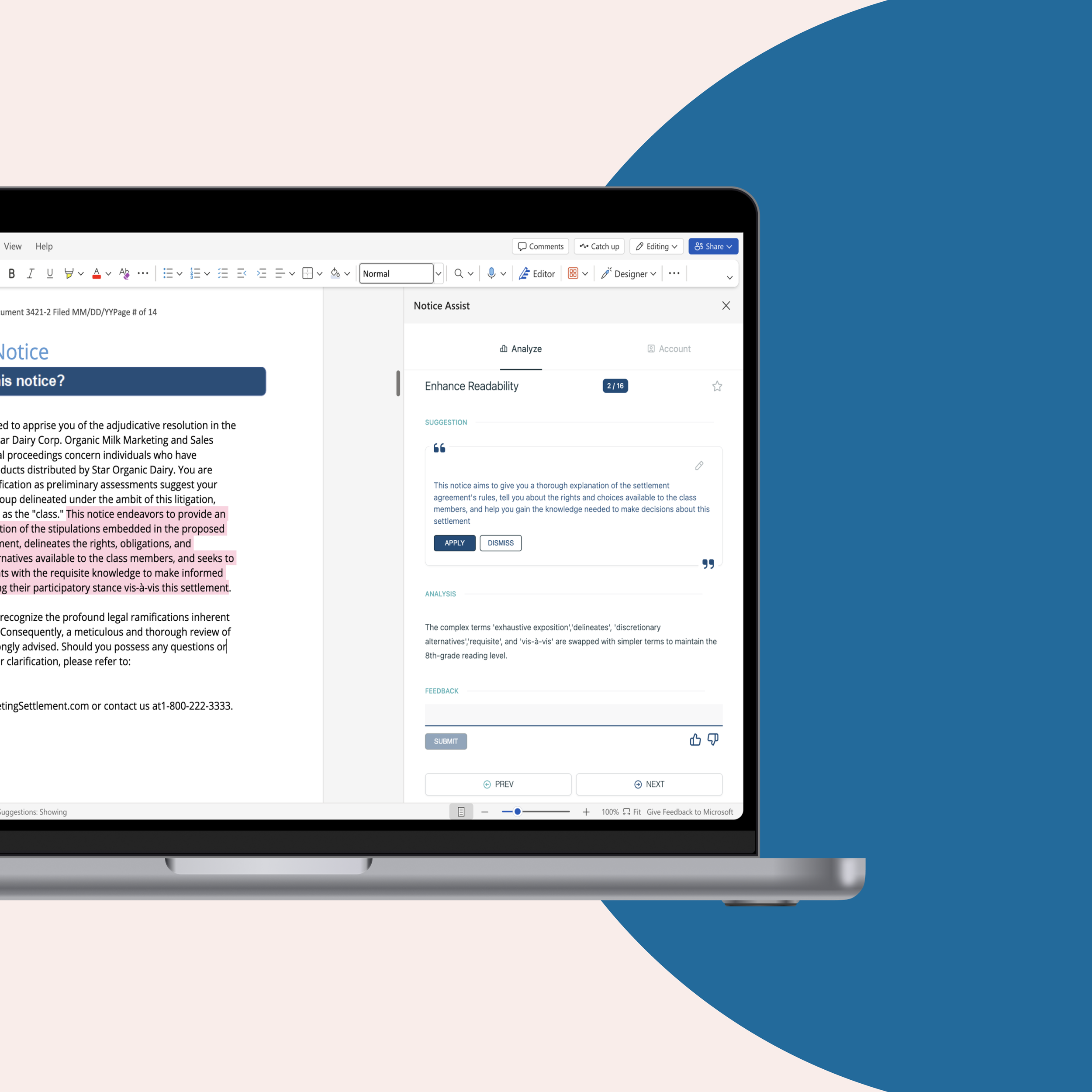A Big Year for Class Actions in SCOTUS (2016 Term Review)
Adrienne Pon, Summer Law Clerk, The Impact Fund
The Supreme Court docket this past term had class action practitioners holding their breath. Over the last five years, the Court has limited access to class actions in cases including Wal-Mart Stores, Inc. v. Dukes, AT&T Mobility LLC v. Concepcion, and American Express Co. v. Italian Colors Restaurant. This term, the Court took on an unprecedented four class action cases. The outcome is fascinating and has many ramifications for the ability of class actions to serve as a vehicle for groups of people—including workers, minorities, and consumers—to hold corporations and the government accountable.
Despite gloomy predictions, the term was unexpectedly favorable for plaintiffs. So we can take a collective sigh of relief and take stock of how the decisions fell.
Let’s get the bad news out of the way first:
1. Class Arbitration Waivers Continue to be a Problem
The Supreme Court kicked off its class action docket with DIRECTV, Inc. v. Imburgia—a case that itself was not very significant, but implicated one of the most important issues in class action litigation: forced arbitration.
In DIRECTV, a class of California customers challenged a binding arbitration provision in their form contracts with DIRECTV that would force them to enter arbitration and forgo any class claims. The provision stated that it would be unenforceable if the customers’ state law made such waivers unenforceable. Interpreting state law, the California Superior Court refused to order the matter to arbitration, and the California Court of Appeals affirmed. The problem is that the Supreme Court previously held in Concepcion that California law was pre-empted by the Federal Arbitration Act, which permits such class action bans. Thus, the Supreme Court held that the binding arbitration provision should be enforced. Long story short, DIRECTV was simply about enforcing Concepcion and disciplining the California courts for attempting to circumvent it.
2. One Less Way to “Pick Off” the Named Plaintiff
The Supreme Court then dove into the first of three major class action cases of the term. In Campbell-Ewald v. Gomez, the Court considered the validity of a defendant’s tactic to avoid class-wide liability by attempting to “pick off” the lead plaintiff’s individual claim. As we explained in an earlier blog, the issue was whether an unaccepted settlement offer or offer of judgment (pursuant to Federal Rule of Civil Procedure 68) to the lead plaintiff can moot the individual’s case, and thus moot the class claims.
The results are in, and this tactic is out. In a 5-4 decision, the Court held that “an unaccepted settlement offer has no force.” 136 S. Ct. 663, 666 (2016). Writing for the majority, Justice Ginsburg explained that the Court accepted the reasoning in Justice Kagan’s powerful dissent in Genesis Healthcare Corp. v. Symczyk, 133 S. Ct. 1523 (2013), which we wrote about last year, in which the Court first attempted to answer this question. As Justice Kagan wrote, “[a]s every first-year law student learns, the recipient’s rejection of an offer leaves the matter as if no offer had ever been made.” Id. at 1533 (Kagan, E., dissenting) (internal quotation marks omitted). In other words, the district court’s jurisdiction remained because the parties are still adverse.
In addition, other elements of the majority opinion are encouraging for plaintiffs: Justice Ginsburg touched on the access-to-justice issue at stake, stating that a would-be class representative “must be accorded a fair opportunity to show that certification is warranted.” 136 S. Ct. at 672. Also, Justice Kennedy joined the majority in this case—which is striking because he has typically voted with the more-conservative justices on class action issues.
So is Campbell-Ewald a complete victory for plaintiffs? Not so fast. The holding was limited to the Rule 68 “pick-off” tactic, and the validity of other tactics remains undecided. The dissents, authored by Chief Justice Roberts and Justice Alito, went so far as to articulate specific actions defendants might take to potentially moot a plaintiff’s claim. It is unclear that any of these strategies would ultimately sway the majority, though, as Justice Ginsburg rebuked, “[t]he dissent’s approach would place the defendant in the driver’s seat.” Id.
Moving forward, expect defendants to test out the other potential mootness arrows in their quiver. Already, in Chen v. Allstate, 819 F.3d 1136 (9th Cir. 2016), the Ninth Circuit considered one of these strategies: depositing the full amount of the lead plaintiff’s claim in an account payable to the plaintiff, followed by the court entering judgment for the plaintiff in that amount. The panel held that such a tactic did not moot the class claims.
3. Green Light for Statistical Evidence
Next, Tyson Foods Inc. v. Bouaphakeo was an important win for plaintiffs who rely on “representative evidence” to prove class-wide liability. As we blogged about (twice), the underlying case challenged whether Tyson Foods failed to adequately compensate workers for their time putting on and taking off protective gear for the dangerous work of slaughtering hogs and processing pork. Tyson neglected to keep records of this “donning and doffing” time, so plaintiffs were forced to rely on a statistical study by an industry relations expert to calculate the amount owed to class members. Tyson argued that class certification was improper because individual workers vary in how much time they take to don and doff the gear.
In a 6-2 decision authored by Justice Kennedy, the Supreme Court affirmed that the use of inferential proof in this case was acceptable. Justice Kennedy put it simply: “A representative or statistical sample, like all evidence, is a means to establish or defend against liability.”136 S. Ct. 1036, 1046 (2016). Importantly, the Tyson Foods opinion clarified that Wal-Mart does not stand for a broad proposition against using a representative sample to establish class-wide liability—what defendants have referred to as a “no trial by formula” rule. Notably, Justice Kennedy was again in the majority of a pro-plaintiff class action decision.
But Tyson Foods is also a narrow ruling. Justice Kennedy avoided creating a general rule about the use of statistical evidence in class action cases. He emphasized that whether representative evidence can be used in a particular case “will depend on the purpose for which the sample is being introduced and on the underlying cause of action.” Id. at 1049 (emphasis added). In this wage-and-hour case, the statistical evidence was permissible because class members could have relied on the study if they had brought individual actions. In other words, showing that evidence could be used in individual actions is one—but not the only—way for plaintiffs to use representative evidence in class action cases.
4. Emphasis on “Concreteness” in the Standing Inquiry
Finally, the highly anticipated Spokeo, Inc. v. Robins had the makings of being apocalyptic for plaintiffs. At issue was what counts as an injury—whether plaintiffs may be required to demonstrate something more than the violation of a statutory right in order to have standing to sue.
In this case, Robins sued Spokeo, a “people search engine” that aggregates online information about a person, for maintaining inaccurate information in violation of the Fair Credit Reporting Act. Robins claimed Spokeo’s false report (i.e. he had graduate degrees and children) made it harder for him to get a job because he might appear overqualified or in need of a higher salary. But he didn’t allege much else, such as whether he had applied for particular jobs. The Supreme Court granted cert to decide whether this showing was enough to establish standing.
Spokeo was posed to weigh in on a critical tension among Supreme Court precedent on standing: On the one hand, Congress has the power to define injuries where none existed before. On the other hand, there is a limit to the power of Congress to confer Article III standing.
But, as the Court was considering the case, Justice Scalia passed away, and the Court instead issued a short 11-page opinion in which it faulted the Ninth Circuit for not sufficiently analyzing “concreteness” and sent the case back. As we blogged earlier, the Court explained that the plaintiff must have suffered an injury that is “particularized” (affecting the plaintiff in an individualized way) and “concrete” (real and not abstract)—emphasizing that these requirements are distinct. Although the Court did not elaborate further on what concreteness entails, “alleging a bare procedural violation” is not enough. 136 S. Ct. 1540, 1549 (2016). Justice Alito, writing for the majority, also emphasized that the history and judgment of Congress is important in identifying harms that can satisfy standing.
Now, lower courts are left to articulate and apply this ambiguous standing framework. Initial circuit reactions are encouraging for plaintiffs: In June, the Third Circuit held that a class action against Nickelodeon satisfied concreteness because the case involved a “clear de facto injury”—unlawful disclosure of protected personal information—that “Congress has long provided plaintiffs with the right to seek redress.” In re Nickelodeon Consumer Privacy Litig., No. 15-1441, 2016 WL 3513782, at *7–8 (3d Cir. June 27, 2016). A month later, the Eleventh Circuit found that the lead plaintiff in a class action satisfied concreteness because the defendant did not provide her with certain disclosures required by the Fair Debt Collections Practices Act, despite the fact that the plaintiff did not suffer any actual damages as a result. Church v. Accretive Health, No. 15-15708, 2016 WL 3611543, at *3 (11th Cir. July 6, 2016).
Looking ahead to the 2016-17 term, the Supreme Court will ease up a bit, only granting cert in one class action case, Microsoft Corp. v. Baker, about a jurisdictional issue (whether a federal appellate court has jurisdiction to review a denial of class certification after plaintiffs dismiss their individual claims). And, of course, all eyes will be on who fills the chair left empty by the passing of Justice Scalia.
Stay tuned.
This post includes highlights from the in-depth Impact Fund webinar “Supreme Court Class Action Review,” held on July 6, 2016, hosted by Jocelyn D. Larkin (Impact Fund) and Deepak Gupta (Gupta Wessler). More information about future webinars and trainings, such as our annual Class Action Conference in February 2017, can be found here.











